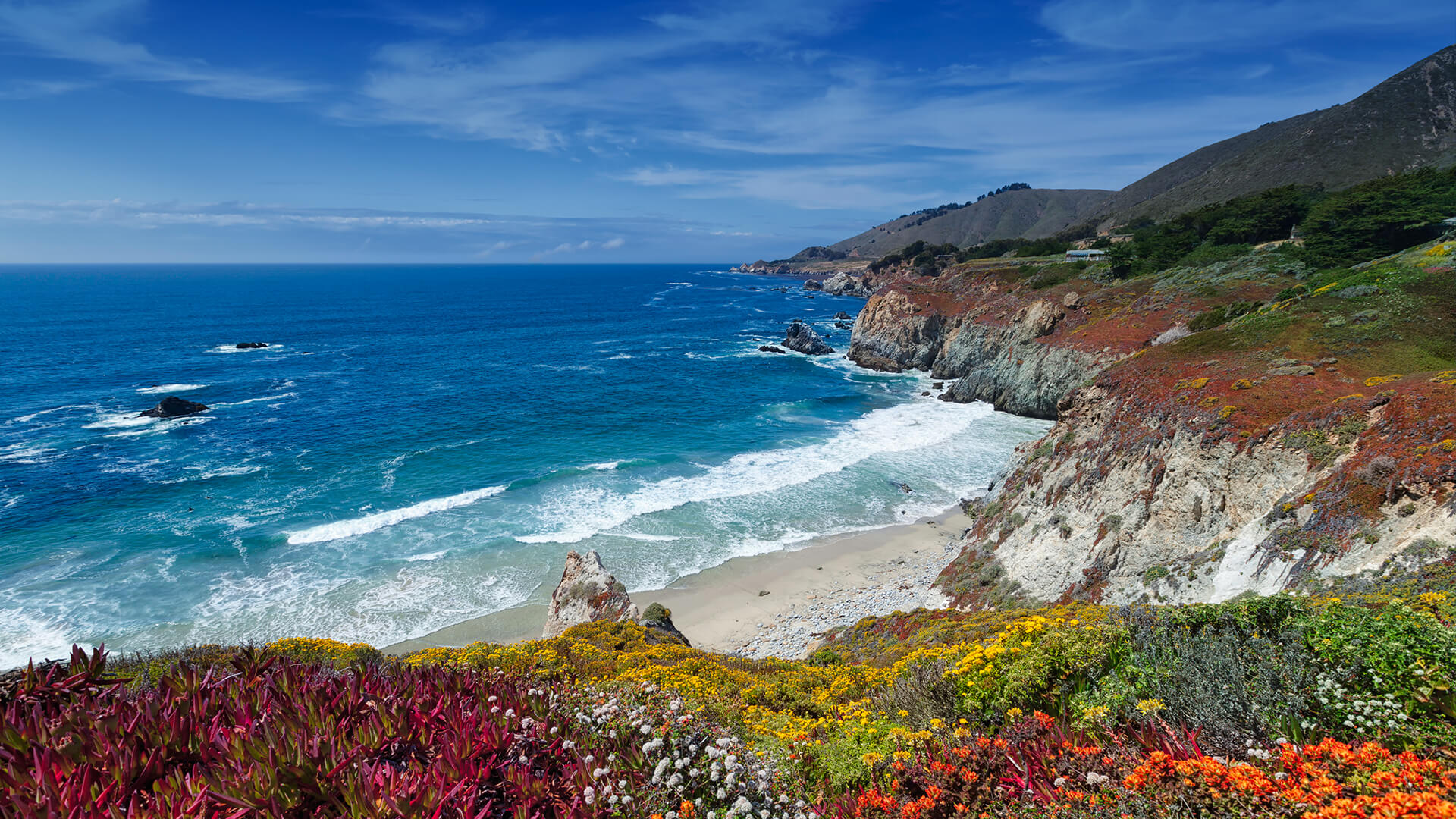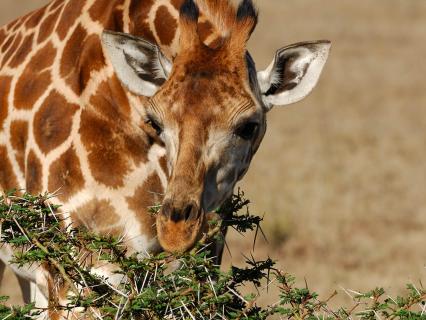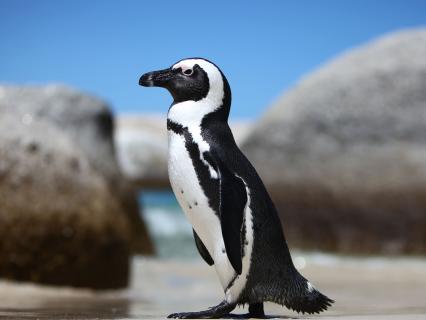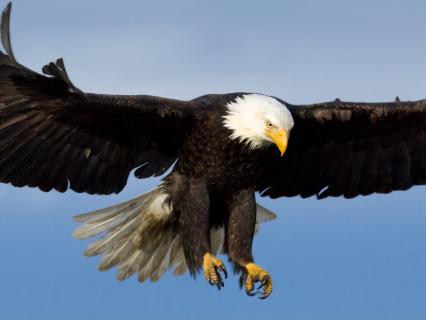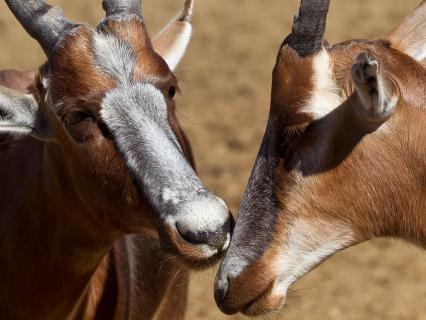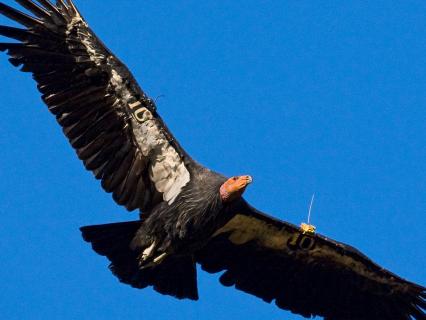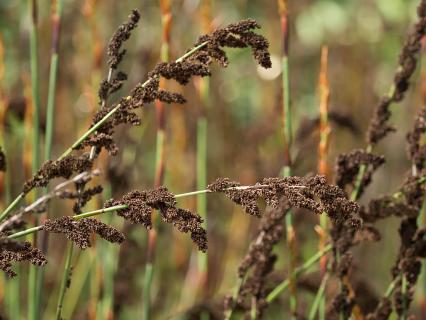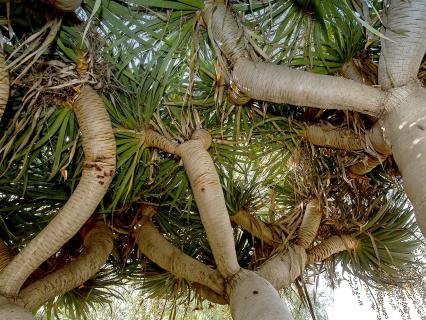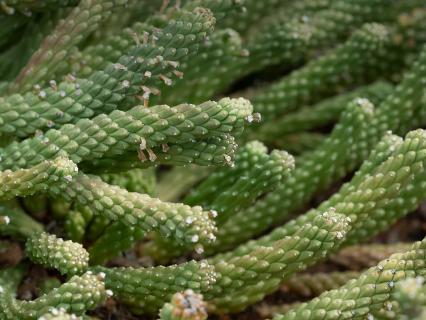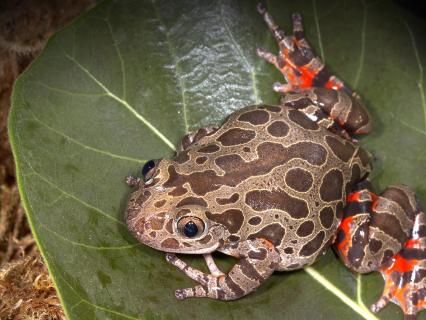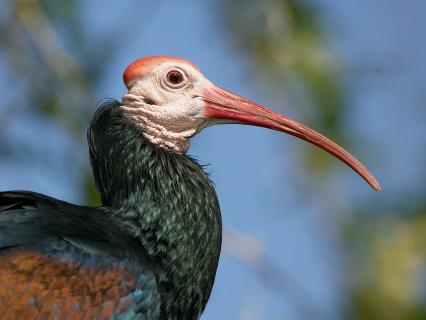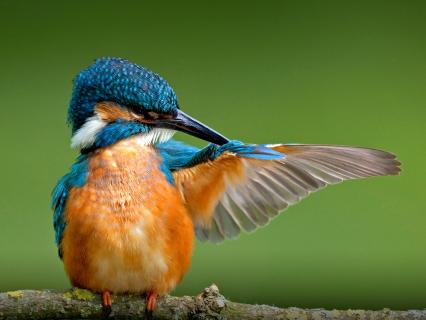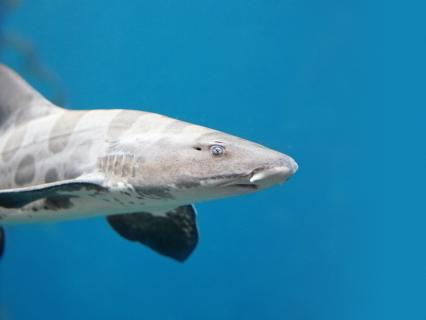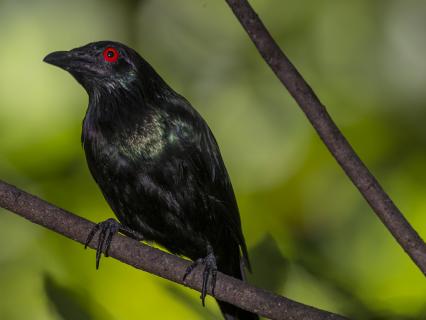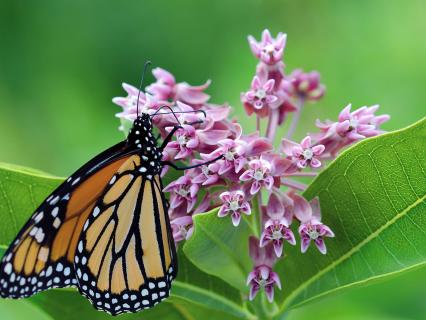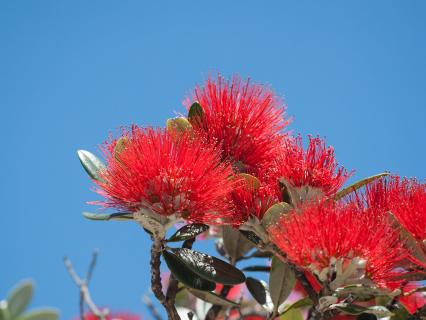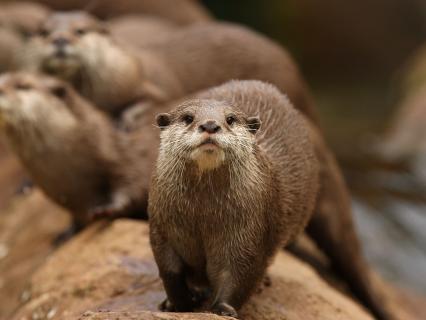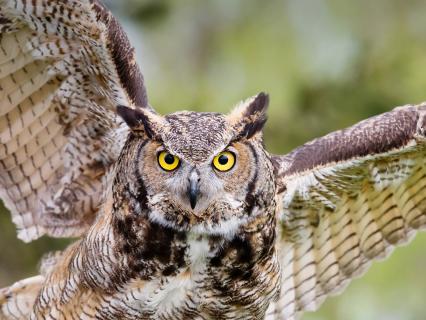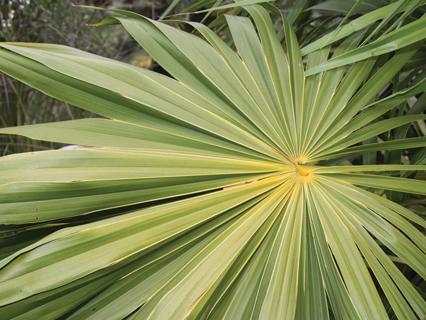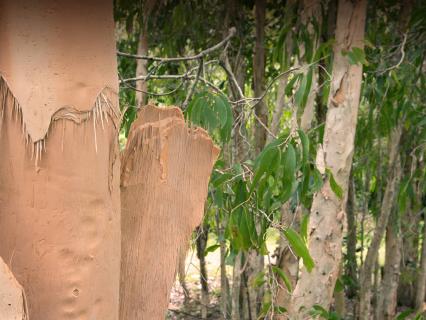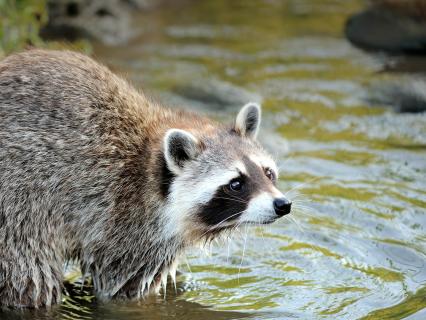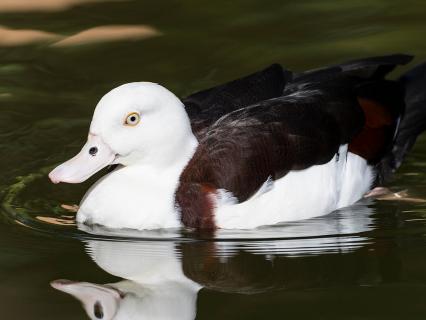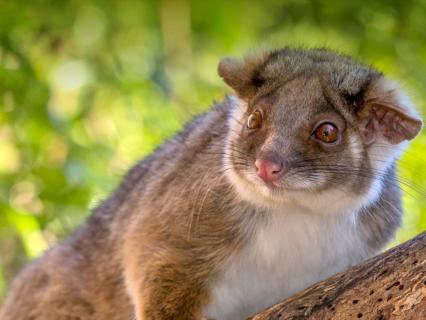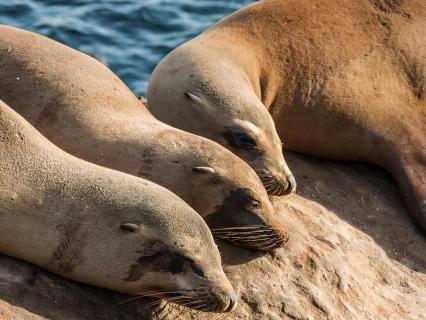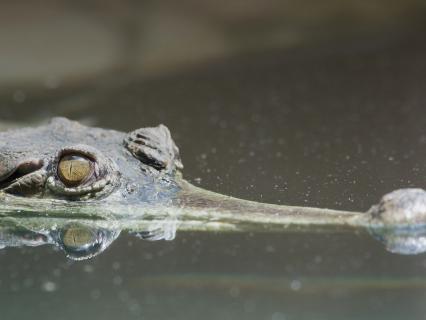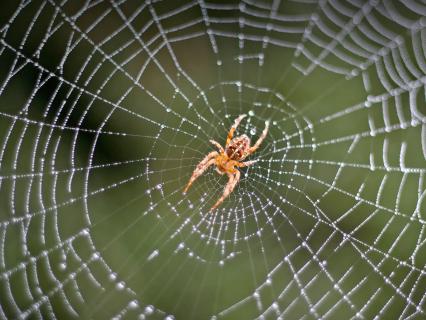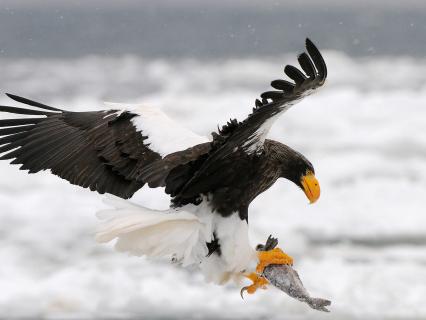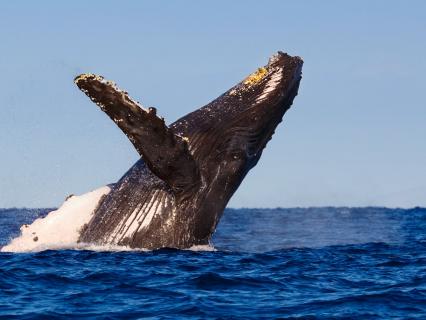Ocean and Coastline


Most people know what an ocean is, although there are many people around the world who have never seen one. But despite how they look, oceans are not one uniform type of habitat. The location and depth of an ocean affects the light, pressure, temperature, and available nutrients, and that determines what can live there. Most of the ocean is actually like a desert, with few resources for ocean wildlife to live on. But there are areas in the open ocean where underwater vents or volcanoes release minerals and gases that can support life. Then there are the coastlines, the areas of land that surround the oceans, which release nutrients from the land into the sea and provide a suitable habitat for a wide variety of wildlife.
Coastlines only make up about 8 percent of the Earth’s land, but they have about 26 percent of all biological diversity. This world of seabirds, clams, crabs, starfish, anemones, fish, kelp, and marine mammals, among many others, is a beautiful place, with many different types of natural communities. Yet it can be a harsh and difficult place as well, battered by waves, soaked in salty sea spray, and constantly changed by tides and erosion. Coastlines are usually divided into rocky, sandy, or muddy, and each type supports its own ecosystems.
Unlike some of the wildlife that inhabits oceans and coastlines, birds, fish, turtles, and marine mammals can travel, some for long distances, to take advantage of the best temperatures, light, and food available. The migrations of the gray whale and the leatherback sea turtle, for example, are impressive, and the speed and distance that dolphins can travel is quite a feat.

